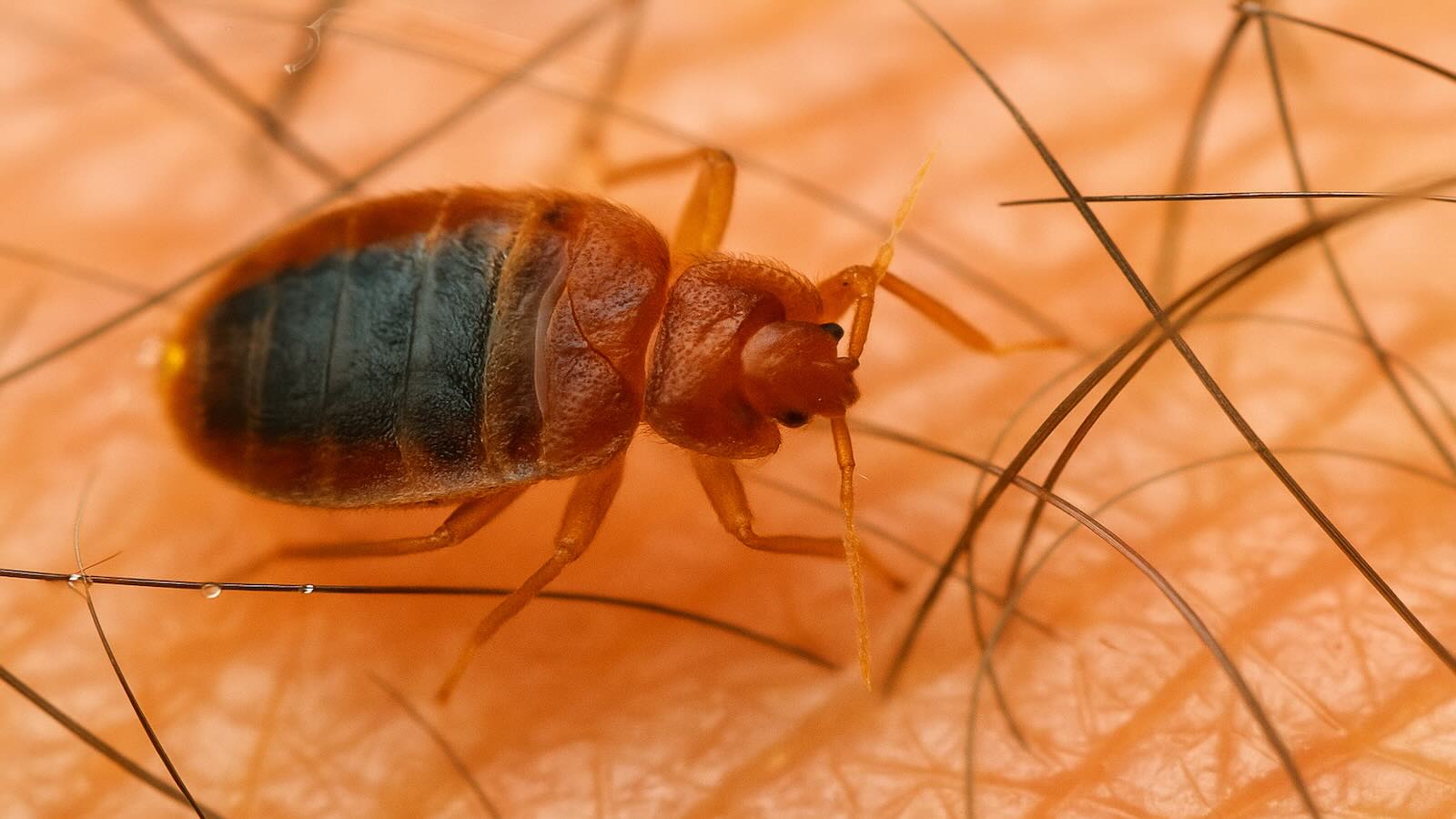Long before modern furniture or cities existed, humans were already sharing their nights with one of nature’s most persistent parasites: the bed bug. These tiny, blood-feeding insects—known scientifically as Cimex lectularius—have followed us for tens of thousands of years and show no sign of stopping.
The Oldest Human Pest
According to entomologists, bed bugs may have been the very first pest to adapt specifically to human environments. They predate the black rat—our rodent companion in cities for about 15,000 years—and even the German cockroach, which began spreading with humans only around 2,100 years ago.
Genetic studies suggest that bed bugs originally lived on bats. Researchers believe that roughly 50,000 years ago, while humans and bats both occupied caves, some bed bugs switched hosts. That one small evolutionary leap changed their trajectory forever.
Goodbye to energy dependence – Alaska discovers more than 1,200 TWh hidden under the ice, and the find could change the world
Goodbye Pepsi: Costco makes a major decision that completely changes its strategy with sugary drinks
Since then, the relationship between humans and bed bugs has deepened, especially as human society evolved. The rise of cities, around 12,000 years ago, gave bed bugs the perfect living conditions: stable structures, dense human populations, and warmth.
Bed Bug Boom and Bust
Entomologist Lindsay Miles from Virginia Tech explains that both the bat-associated and human-associated bed bug populations declined during the Last Glacial Maximum about 20,000 years ago. But only one lineage bounced back.
“The bat-associated bed bugs never recovered and are still declining,” Miles says. “The exciting part is that the human-associated ones did recover—and their numbers increased dramatically.”
This increase coincided with human urbanization. Our move from caves to homes meant better conditions for bed bugs to thrive. Interestingly, human bed bugs today have low genetic diversity, likely because only a small number made the initial jump from bats to humans.
Temporary Defeat—and a Comeback
The 1940s brought a short break in this itchy relationship. The invention of DDT nearly wiped out bed bugs in developed countries. For a brief time, people truly could sleep tight without letting the bed bugs bite.
How detonating a nuclear bomb could protect planet Earth
Buys a coal mine for $2 million and discovers metals worth up to $36 billion
But that relief didn’t last. Within five years, bed bugs had returned—resistant, hidden, and just as hungry. Today, they travel with us on airplanes, hide in luggage, and infest homes worldwide.
Despite modern pest control technologies, bed bugs have evolved to resist most chemical treatments. Their survival is a testament to their adaptability—and our long, shared history.
